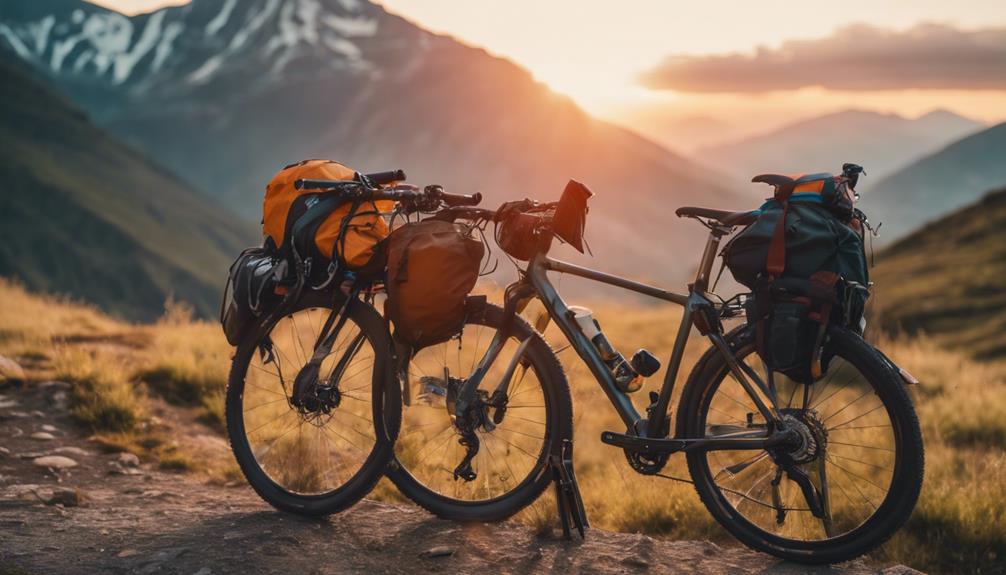BMX bikes, known for their agility, strength, and versatility, have carved a niche in the world of cycling and extreme sports. Originally designed for racing and tricks, BMX bikes have evolved tremendously since their inception in the late 1960s. This article explores the rich history of BMX bikes, the various types available, key features to consider when buying one, and tips for maintenance and care.
The History of BMX Bikes
The origin of BMX (Bicycle Motocross) can be traced back to the early 1970s in California. Young riders, inspired by motocross, began to replicate motocross-style racing on bicycles. Here’s a brief timeline of BMX history:
- 1960s: The first BMX bikes were created for racing on dirt tracks.
- 1970: The first organized BMX race took place in California.
- 1974: The first BMX magazine, “BMX Action,” was published, fueling interest in the sport.
- 1980s: BMX became mainstream, with the introduction of professional competitions and sponsorships.
- 1990s: The sport diversified into freestyle BMX, including tricks and stunts.
- 2000s and beyond: BMX was included in the Olympic Games, further solidifying its status as a global sport.
Types of BMX Bikes
Understanding the different types of BMX bikes is crucial for selecting the right one based on your riding style and preferences. Here are the main categories:
- BMX Racing Bikes: These bikes are lightweight and designed for speed on dirt tracks. They feature a longer frame and are built for competitive racing.
- BMX Freestyle Bikes: Built for tricks and stunts, freestyle bikes have a shorter frame and are more robust to withstand the impact of jumps and tricks.
- BMX Flatland Bikes: Specifically designed for flatland tricks, these bikes have a unique geometry that allows for advanced maneuverability.
- BMX Dirt Jump Bikes: These bikes feature a sturdy frame and larger tires, making them ideal for off-road trails and jump parks.
Key Features to Consider When Buying a BMX Bike
When choosing a BMX bike, it’s essential to consider several key features to ensure you’re making the right investment:
- Frame Material: BMX frames can be made from steel, aluminum, or titanium. Steel is durable, aluminum is lightweight, and titanium offers the best of both worlds.
- Wheel Size: Common wheel sizes include 20-inch, 24-inch, and 26-inch. The size you choose can affect speed, stability, and the type of tricks you can perform.
- Braking System: BMX bikes may come with different braking systems such as U-brakes, disc brakes, or no brakes at all (often preferred by freestyle riders).
- Gear Ratio: For racing, a higher gear ratio can provide more speed, while a lower ratio is better for tricks and stunts.
- Weight: The weight of the bike plays a significant role in its performance. Lighter bikes are easier to maneuver but may sacrifice durability.
Buying Tips for BMX Bikes
Purchasing a BMX bike can be a daunting task, especially for beginners. Here are some tips to help you navigate the buying process:
- Determine Your Riding Style: Identify whether you’re interested in racing, freestyle, or dirt jumping, as this will dictate the type of bike you need.
- Set a Budget: BMX bikes can range from budget-friendly options to high-end models. Setting a budget will help narrow your choices.
- Test Ride: If possible, test ride different bikes to see which one feels comfortable and suits your riding style.
- Research Brands: Explore reputable BMX brands known for quality and performance. Popular brands include Haro, Sunday Bikes, and Fit Bike Co.
- Check for Warranty: A good warranty can provide peace of mind and protect your investment.
Maintenance and Care for BMX Bikes
Proper maintenance is essential to prolong the life of your BMX bike and ensure optimal performance. Here are some tips for keeping your bike in top shape:
- Regular Cleaning: Clean your bike after each ride to remove dirt and grime, which can cause wear and tear.
- Inspect Tires: Check your tire pressure regularly and inspect for any signs of damage or wear.
- Lubricate Moving Parts: Regularly lubricate the chain, brakes, and other moving parts to ensure smooth operation.
- Tighten Bolts and Screws: Periodically check and tighten all bolts and screws to prevent any loose components while riding.
- Store Properly: Keep your BMX bike in a dry, sheltered place to protect it from the elements.
Conclusion
BMX bikes have come a long way since their inception, evolving into a diverse range of models suited for different styles of riding. Whether you’re a racer, a freestyle trickster, or an off-road enthusiast, there’s a BMX bike that’s perfect for you. By understanding the different types of BMX bikes, considering key features, and following maintenance tips, you can make an informed decision when purchasing your next ride. With the right BMX bike, you can enjoy the thrill of riding, enhance your skills, and even participate in competitions. Remember, the journey of BMX riding is not just about the bike; it’s about the community, the challenges, and the excitement that comes with it.
